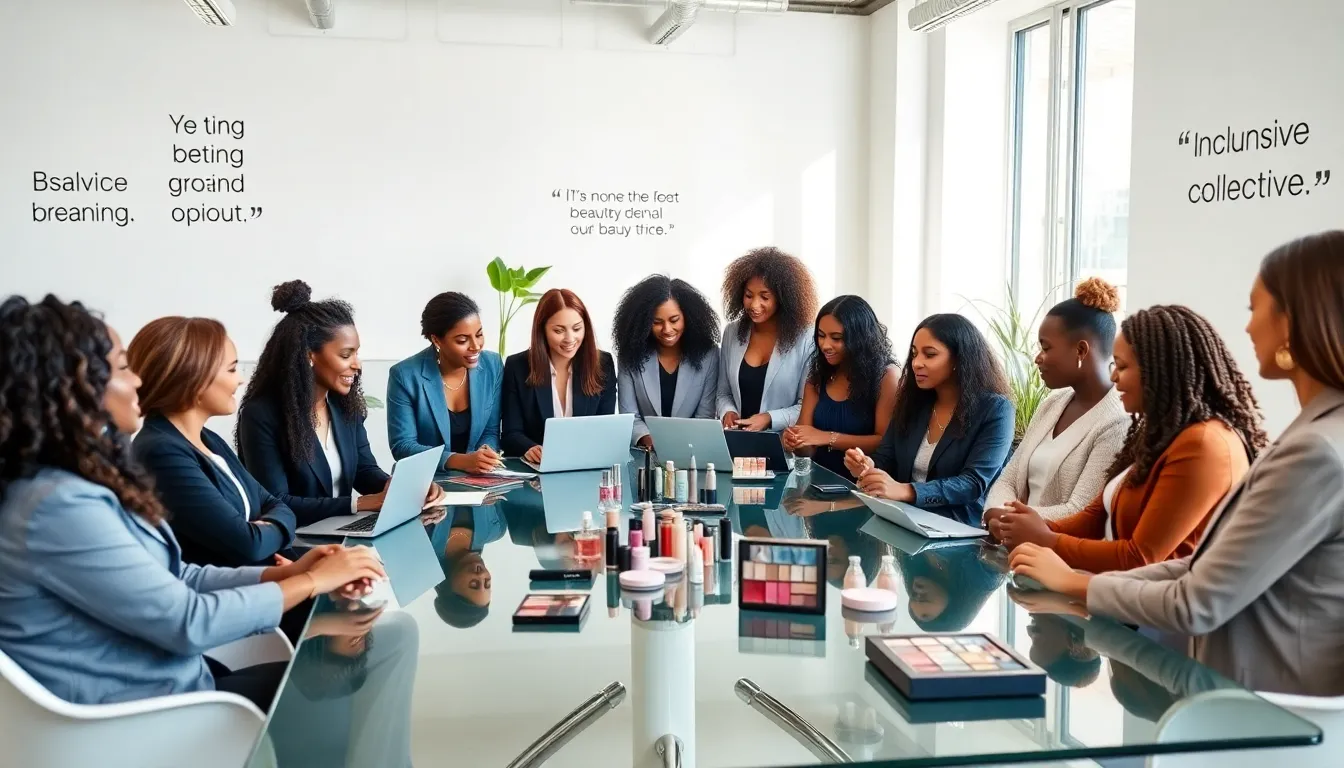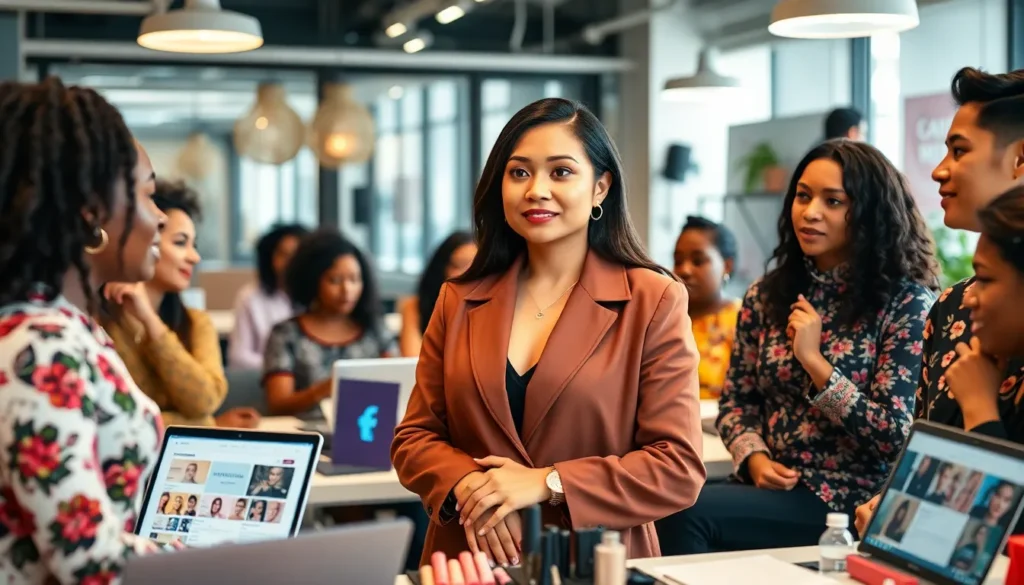In a world where beauty standards shift faster than trends on a TikTok feed, the concept of a “beauty collective” emerges like a refreshing breeze. Imagine a space where brands, influencers, and beauty enthusiasts unite for a shared purpose: redefining beauty in a more inclusive and collaborative way. This collective isn’t just about makeup tips or skincare routines: it’s about empowerment, connection, and creating a community that celebrates diversity. Stick around as we jump into what beauty collectives are all about, their fascinating history, and why they’re making waves in today’s beauty landscape.
Understanding the Concept of Beauty Collectives

Beauty collectives are not just a passing trend: they represent a transformative movement in the beauty industry. At their core, beauty collectives are groups that bring together various stakeholders, brands, influencers, consumers, and even experts, who share a common goal of innovating beauty practices. Think of it as a cooperative, where ideas flow freely, enabling members to collaborate and elevate one another. This collaboration often leads to a more inclusive and diverse representation in beauty, something that has been sorely missing in traditional beauty narratives.
In a beauty collective, members can share resources and knowledge, thereby fostering a rich environment for creativity. This not only helps brands develop unique products informed by direct consumer feedback but also empowers consumers to make informed choices about the products they use. Hence, the essence of beauty collectives lies in their ability to blend voices and create a more democratic space in beauty innovation.
History and Evolution of Beauty Collectives
The concept of beauty collectives has evolved significantly over the last few decades. Initially, beauty was a realm controlled by big brands that dictated trends and standards from their corporate offices. But, the rise of social media has played a crucial role in facilitating the formation of beauty collectives. What started as a few influencers sharing their makeup routines has blossomed into a full-fledged movement.
In the early 2000s, beauty blogs emerged, allowing individual voices to shine. Fast forward to the late 2010s, and platforms like Instagram and TikTok have catalyzed this evolution, giving rise to collectives that function as platforms for collaboration rather than mere competition. These platforms empower ordinary individuals to share their experiences, so transforming the landscape of beauty into a shared dialogue.
Key Features of Successful Beauty Collectives
What makes a beauty collective successful? Several key features stand out:
1. Inclusivity
Inclusivity is paramount. A successful beauty collective embraces diverse voices and experiences, ensuring that everyone feels welcome. This means featuring different skin tones, body types, and beauty standards.
2. Collaboration
Collaboration is the lifeblood of any beauty collective. Whether it’s joint product development or shared marketing strategies, partnerships create synergy that benefits all members involved.
3. Educational Resources
Members of a successful collective often have access to valuable workshops and educational materials. These resources empower individuals with skills and knowledge, helping them navigate the beauty landscape more effectively.
4. Community Engagement
A great collective fosters community engagement. Activities such as Q&A sessions, webinars, or social media challenges encourage interaction among members and create a sense of belonging.
The Role of Social Media in Beauty Collectives
Social media serves as the backbone of modern beauty collectives. Platforms like Instagram, YouTube, and TikTok enable users to share their experiences in real-time. The immediacy of these platforms allows members to engage with each other and the wider beauty community, making conversations more dynamic and responsive.
Also, social media provides a platform for beauty collectives to promote their mission and values. Through storytelling, brands can build emotional connections with their audience. For instance, a beauty collective built around sustainability can showcase its environmentally-friendly practices through engaging content, so attracting like-minded individuals.
Also, at a time when consumers are increasingly seeking authentic voices, social media has democratized access to beauty expertise. Consumers can directly communicate with beauty influencers or experts, creating a two-way dialogue that benefits the entire collective.
Challenges Faced by Beauty Collectives
Even though their many advantages, beauty collectives aren’t without challenges. Competition remains fierce in the beauty industry. While collaboration is a key tenet, some members may feel the pressure to compete for attention and market share within the collective, which can lead to tensions.
Another hurdle is maintaining genuine engagement among members. As collectives grow larger, it can be challenging to keep all voices heard and ensure that diversity remains a priority. Also, with social media constantly evolving, staying current with platform algorithms and trends poses an ongoing challenge.
Finally, financial sustainability can also be tricky to navigate. Many beauty collectives rely on partnerships or sponsorships, which can sometimes compromise their original mission. Balancing ethical considerations with financial realities requires careful thought and planning.
Future Trends in Beauty Collectives
The future of beauty collectives appears promising, with several exciting trends on the horizon. One significant trend is the focus on sustainability. As the beauty industry faces increasing scrutiny about its environmental impact, many collectives are embracing eco-friendly practices and promoting transparency.
Also, technology will continue to play a key role in shaping beauty collectives. Virtual reality and augmented reality are likely to provide unique ways for members to collaborate and engage with one another, creating immersive experiences that transform how consumers perceive beauty.
Besides, as the concept of wellness becomes increasingly intertwined with beauty, collectives that prioritize holistic approaches may gain traction. This could involve incorporating mental health resources, self-care routines, and other wellness initiatives into the collective experience.





